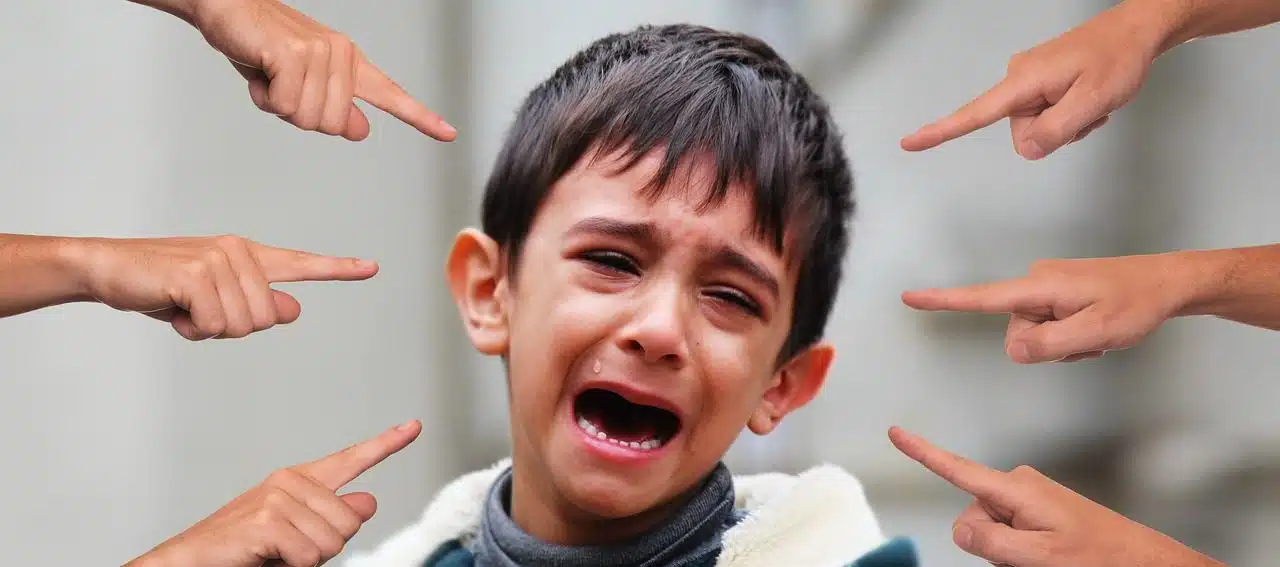
The victim of bullying can suffer from various psychological disorders.
Bullying is the persecution or cornering that one or more children carry out against another or others within an educational establishment. Before proceeding to determine the meaning of the concept, it is necessary to establish its etymological origin. In this sense, we have to state that it is made up of two words that come from Latin:
- Harassment emanates from cursus , which can be translated as "race."
- Escolar comes from scholaris , which means "relating to school." It is a word that is the result of the sum of schola – synonymous with “school” – and the suffix -ar – which is used to indicate belonging.
It should be noted that harassment is a harassing behavior that generates discomfort in the victim. Escolar , on the other hand, is an adjective associated with school and students .
Example of bullying
A child enters the classroom or classroom and begins to hear laughter . As he sits down, he notices that chewing gum has been stuck to his chair. When he gets up to clean himself, chalk is thrown at him and hits his head. A group of his classmates, meanwhile, continue laughing.
These facts reflect a panorama that is undeniable: the child is a victim of bullying . This situation can cause serious mental problems.
Signs to consider
There are some signs that may indicate that a boy or girl is suffering some type of bullying in class:
- He doesn't want to go to school or college.
- It is common for him to get sick in the mornings, before going to school.
- Avoid, whenever possible, being in contact with certain classmates.
- Under no circumstances does he tell anything about what he does with his classmates at school .
- He has constant mood swings.
- For no apparent reason, there is a notable drop in their grades.

Bullying can include physical violence.
Consequences of bullying
This type of harassment, also called bullying , can include different forms of aggression that continue over time. Abuse against the victim can be verbal (with teasing and insults) or physical (hitting). In any case, the bullied child may suffer psychological disorders due to pressure and violence .
Furthermore, it is common for the child or adolescent who suffers bullying to have other consequences as a result of it, such as what is known as post-traumatic stress , low self-esteem , an absolute distortion of their image , anxiety symptoms... All of this without forgetting irritability either. , nervousness, problems falling asleep, decreased ability to concentrate, social isolation, panic attacks and a notable decline in academic results,
The importance of intervention
Bullying can take place in different areas of the school, such as the classroom , playground, gym, or hallways. It is common for it to develop silently, in view of other classmates (who are usually complicit or, at least, indifferent) but without the establishment authorities or the parents becoming aware of the situation.
To treat this problem, which in its most extreme cases can lead the victim to suicide , the intervention of teachers, families and a team of psychopedagogues is needed.
